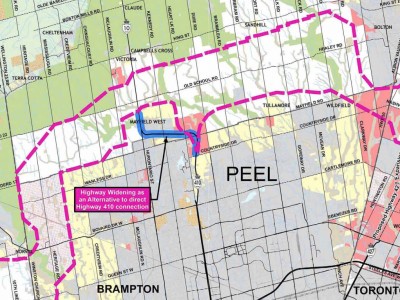
The province’s choice to go back to a discarded plan for a new highway from Vaughan to the 401, skirting Brampton, is a “1950s solution to a 2020 problem,” according to those concerned about the environmental impact.
The argument that it will ease traffic congestion in the GTA is undermined by a 2015 panel’s findings that the benefits of the project were overblown. But opponents will find they’re up against formidable forces in the development industry and a Doug Ford government determined to help them.
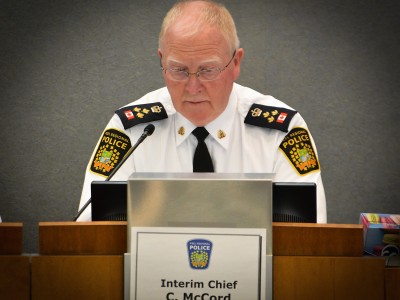
Brampton Mayor Patrick Brown and other Peel Police Services Board members lashed out against Quebec’s Bill 21, which limits religious expression in public life, passing a motion Friday to encourage potential candidates from the neighbouring province to apply for jobs with Peel police.
But at the same meeting, they remained largely silent when a scathing diversity audit of their own police department was addressed.

The lessons learned from the recent Raptors NBA championship run can be applied to city building. Brampton needs to set a bold and independent course, to come up with a game plan that has a definitive goal of winning. The Raptors are champs because they recognized their shortcomings and changed course. It’s now Brampton’s turn.
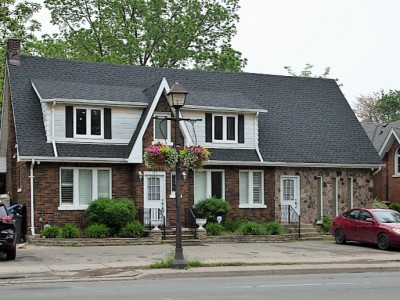
Brampton city council voted Wednesday to delay rules that would require more people to get permits for changing the size and configuration of their driveways. Councillor Pat Fortini says fixing confusion about what people can and can’t do with driveways is his mission, after the new rules, which were supposed to take effect July 2, got a lot of “backlash.”
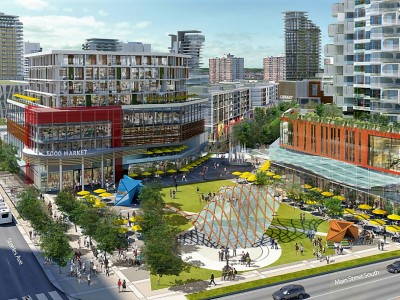
The giant Canadian real estate development and property management company has big plans for its Shoppers World complex at Main Street South and Steeles Avenue. The re-development of the 700,000 square foot shopping centre could become a modern mix-use community, in keeping with the city's plans under its aspirational 2040 Vision strategy.
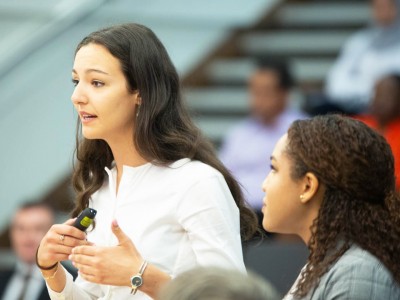
City councillors unanimously adopted two age-related policies at their Wednesday meeting: a youth engagement strategy designed by two city interns, and a global policy to make city designs and policies more friendly towards senior citizens.
In a very young, but still aging city, those two things may not be as far apart as they seem.
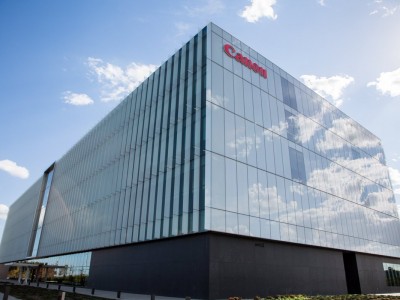
Brampton has adopted new rates and policies for development charges, the fees builders pay to help construct roads, sewers, and the like.
Rates on houses and apartments are going up, but there’s one major exception — office buildings will be exempt from development charges.
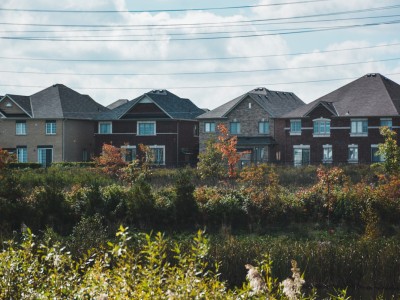
A blueprint for creating new affordable housing stock, the plan approved Thursday by Peel Region’s Strategic Housing and Homelessness Committee foresees providing 5,364 new units by 2034.
This in a region struggling with a booming population, worsening affordability issues, and a years-long wait list. But it’s far from clear where the funding will come from for the ambitious eight-phase plan.

A GTA therapy and treatment provider for children, ErinoakKids, announced Monday that it will lay off 291 staff members due to provincial cuts to autism funding.
The Ford government’s controversial decision to upend the Ontario Autism Program and give payments to families rather than providers has had a direct effect on service, leaving wait-listed parents of autistic kids worried about where it’s all headed.
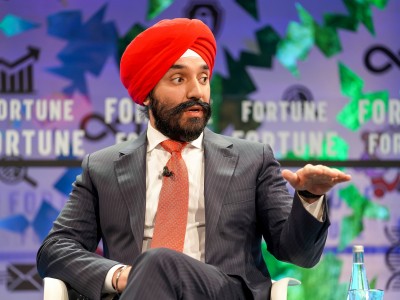
A key part of Ryerson University’s planned presence in Brampton has received the blessing of the federal government — and big business.
Minister Navdeep Bains announced last Friday that the Liberals will allocate $10 million to match funding by Rogers Communications, alongside contributions by the City and RBC of $5 million each, towards a research and development hub known as the Cybersecure Catalyst.
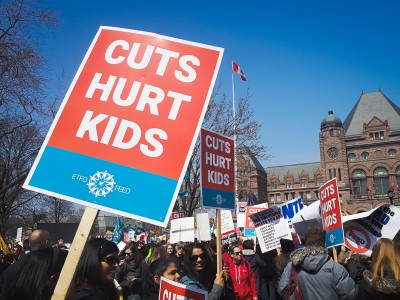
A large portion of the high school teachers and all of the elementary teachers declared “surplus to board” by the Peel District School Board earlier this year will be recalled for this fall.
However, it still leaves a large number stuck in precarious long-term occasional or day-to-day supply teaching.
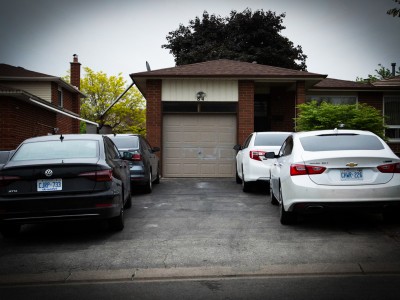
A small gesture could make it easier for Brampton homeowners to register their illegal basement apartments. The city’s planning committee just voted to slash registration fees for secondary suites to $200 — from as much as $1,200.
The big question is whether the change will encourage more property owners to come clean and ensure the safety of their lower-income tenants.

Calls involving domestic disputes — between family members or intimate partners — are far and away the biggest reason people call police in Peel Region.
Solving the issues behind domestic violence, which cut across culture and class, in an incredibly diverse region, isn’t easy. But Family Services of Peel has some proactive ideas.

Preventing vulnerable people from getting the legal help they need isn’t just cruel; it’s “faulty math” that ends up costing everyone, leaders of Peel Region’s legal aid clinics told regional councillors on Thursday.
Emotional responses — and a motion to take action — followed their presentation.
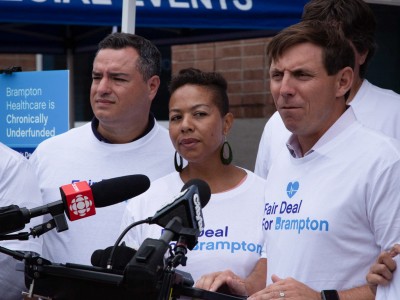
City council is going on the offensive to break the gridlock in Brampton’s two hospitals. Mayor Patrick Brown and councillors announced a petition-campaign at the beginning of this year’s farmers’ market season, yesterday.
The petition will be taken directly to Queen’s Park to “make our pitch” for fair share funding to help Brampton’s dire healthcare situation, the mayor said.

If people don’t stop discarding single-use plastics used for little more than convenience, we can kiss our oceans, and our very way of life, goodbye.
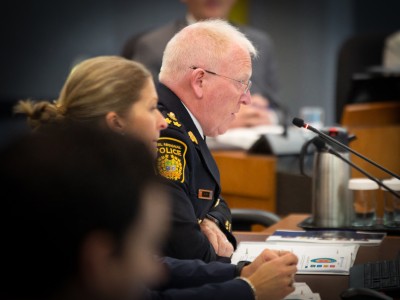
A $700,000 cut to court services puts Peel Regional Police and the regional municipality between a rock and a hard place, as Acting Chief Chris McCord pointed out in an update to council Thursday.
Local police are required by law to transport prisoners to court, which means they’ll have to find the money somewhere if the province refuses to pony up.
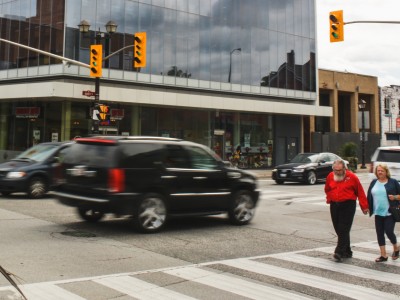
Brampton City Council voted Wednesday to adopt the globally accepted principles of Vision Zero. The goal of the framework, which includes measures such as better street design that calms traffic and improves sightlines, is to reduce the number of pedestrian and cyclist road fatalities to zero. But Brampton, thanks to its car-centric planning, has a long way to go before realizing that dream.
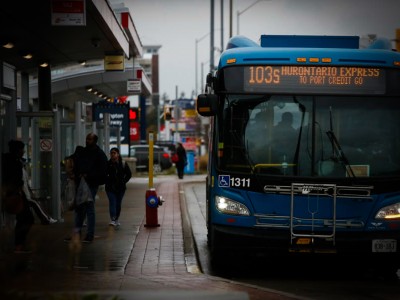
Brampton staff say the province has not handed over money earmarked for transit. The city has been counting on some $350 million for crucial investments including new buses and other transit expansion.
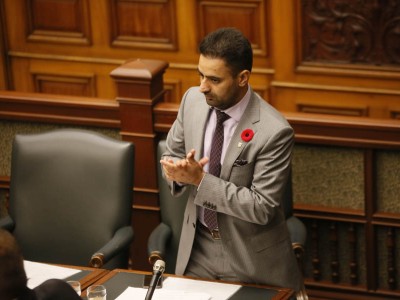
Amarjot Sandhu’s move to build a controversial highway puts him in good company with Mayor Patrick Brown, who thinks the project would help Brampton’s economy.
The plan also promotes sprawl — encouraging policies that appear in Doug Ford’s developer-friendly Bill 108.
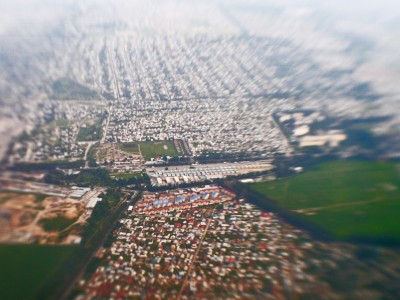
The “devastating” effects of the developer-friendly omnibus bill, as described by municipalities, did nothing to slow its passage through the Legislature last week.
Nor did critics’ doubts that it will do much to meet the stated aim of improving the supply, and lowering the cost, of housing in Ontario.
Now, Peel Region and Brampton are grappling with the significant impact of the bill’s sweeping changes to revenues and planning, many of which could mean rising property tax and utility rates for local residents.
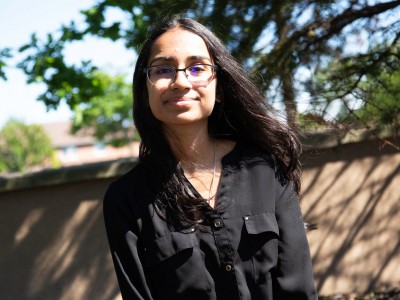
A speech by a 15-year-old student from Brampton’s Harold M. Braithwaite Secondary School pleading for action moved councillors last week to declare a climate emergency in the city.
Shailly Prajapati’s environmental passion — part of a global youth movement — began at a city event exploring ways to put the Brampton 2040 Vision document into practice.
The Pointer talked to Prajapati about her ambition to organize high school students to help green Brampton this fall by planting thousands of trees.
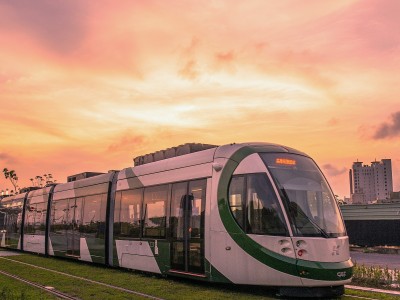
Mayor Patrick Brown and federal MPs aren’t offering any details about what they discussed together at the recent Federation of Canadian Municipalities meeting in Quebec City. But it’s clear what the city was seeking, particularly money for the council-approved LRT. Meanwhile, Mississauga Mayor Bonnie Crombie shared details about who she met with and her talking points.
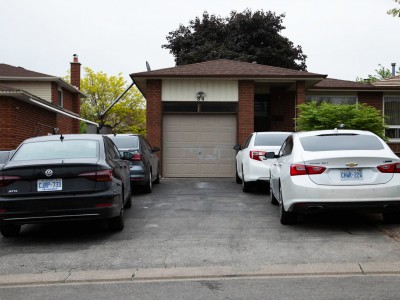
City council, like many frustrated residents, is getting tired of seeing Brampton lawns and driveways filled with cars that are a blight on neighbourhoods — they are now taking action.
However, the city may have missed an opportunity to tackle an underlying issue behind sprawling driveways: illegal secondary suites.

Council has to decide if it wants to be party to an attempt by the Doug Ford PC government to return this province to the same land-use planning model that led to suburban sprawl and grinding gridlock a generation ago and hurt this city’s future prospects. We need local leaders who will stand up for what’s right for the citizens of this community while creating a workable, prosperous and eco-friendly city.

A $2.375-million injection from the province will help the Peel-Dufferin branch of the Canadian Mental Health Association expand police-mental health crisis teams, rapid response addiction clinics and peer support at hospitals.
But with an increase in cases across the GTA, if we’re hit by a spike in opioid emergencies like the one Peterborough just experienced, will our services be ready?

Bill 108, the provincial PCs’ legislation meant to increase housing supply in the province, is now law. The bill, rammed through this week, received royal assent Thursday, despite sharp criticism aimed at Municipal Affairs Minister Steve Clark and Premier Doug Ford.
Mayors, municipal officials and citizens’ groups say the bill is nothing but a giveaway to developers, will devastate city budgets and is a gateway for sprawl.
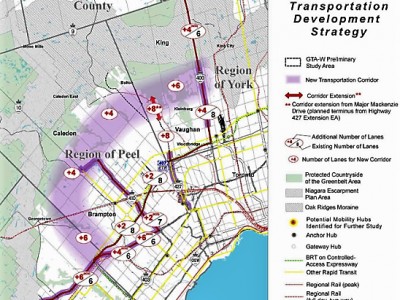
At Wednesday’s Brampton City Council meeting, members listened to a teenager plead for action on climate change and unanimously declared a climate emergency in the city. But they also moved to support a new GTA West Highway, which critics have said will only lead to more pollution and sprawl while causing further damage to our climate.

Our memory of D-Day on this 75th anniversary is fading, like the footsteps on Juno Beach. But the young men and women in Brampton who proudly serve their country, continue a long and storied history.
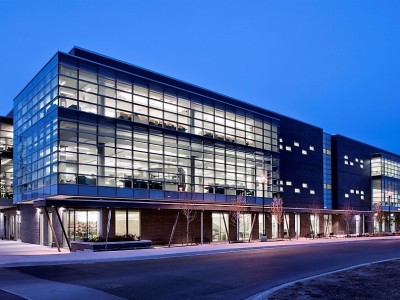
Brampton residents are spending $1.8 billion a year on energy to get around, heat their homes and to run industry.
Within 30 years, that could quadruple — at the same time the city is experiencing the devastating and expensive impacts of climate change.
To alter that trajectory the college is partnering with the City to create a Community Energy and Emission Reduction Plan — a program that will affect almost every aspect of our lives.
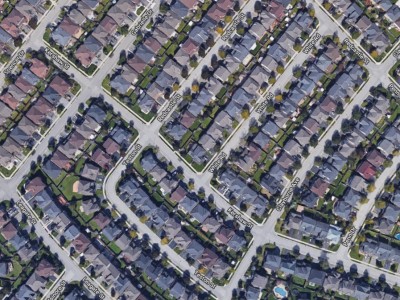
The More Homes, More Choices Act won’t do much to improve housing affordability, say opposition MPPs, who blasted the governing PCs for cutting off public consultation on the bill after just one day.
Instead, they say, the main beneficiaries will be developers, who get a series of breaks while cities suffer a loss of revenue and control over their own planning.
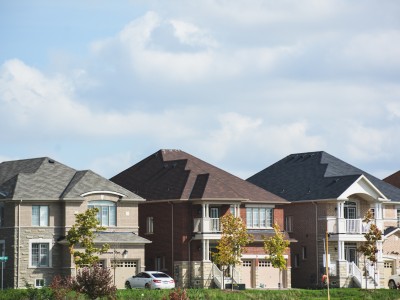
Some 45 families on Peel’s waiting list for affordable housing will benefit from last month’s announcement of federal funding for a new residential building.
That’s the good news. The bad news is that’s just a drop in the bucket as more and more people across the region get squeezed out of a real estate market that does not offer prices many can afford.
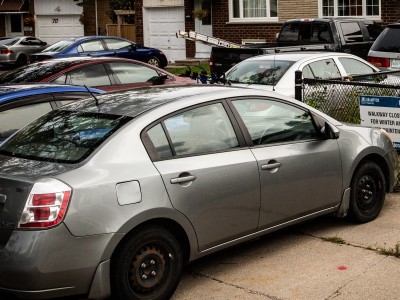
Brampton Councillor Jeff Bowman worries that it will take a massive, fatal fire to convince the province to let local bylaw enforcers inspect illegal secondary suites without going to court first.
Prompted by the death of a 29-year-old man in a basement apartment blaze in March, Bowman wrote to the premier asking him to change the law.
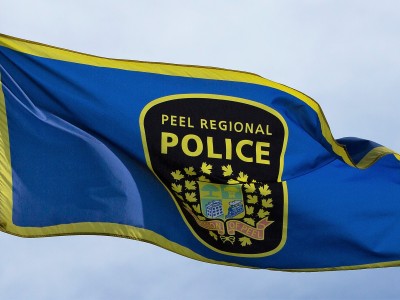
The Peel Police annual report shows the severity of crime is increasing in the fast-growing region, continuing a pattern begun in 2014 and paralleling the urban experience across Canada.
However, Mississauga and Brampton remain safer than many other cities, with a violent crime rate well below the provincial average.
And with increases to the police budget, the number of officers per capita is going up in keeping with the region’s population boom.
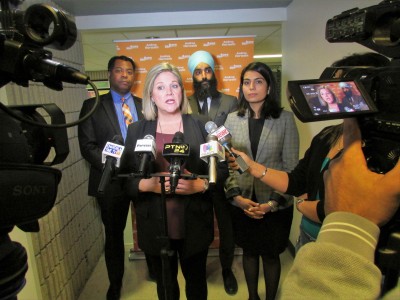
On Monday, Opposition Leader Andrea Horwath tabled a bill that would shrink the province’s ability to act unilaterally on municipal issues.
The bill would ensure that the province do proper consultations and receive approval from municipalities before making changes to boundaries or council composition.
While unlikely to go anywhere, the bill’s intent likely has support in Brampton, where Ford is wreaking havoc on the city’s future.
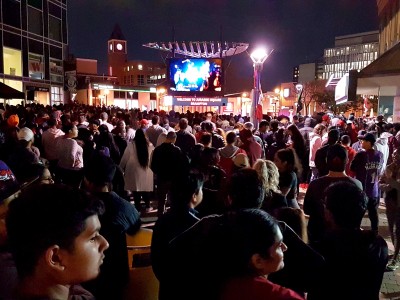
The Toronto Raptors and the NBA are providing Brampton with an organic energy that sports can help release. It’s unifying and dizzying and for another week or so, this spring basketball run for the ages might just be a sign of even bigger and better things to come.
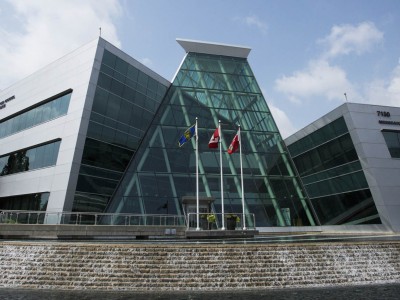
Peel Regional Police are in the hot seat again at the Ontario Human Rights Tribunal, in a case where a mother claims the fact her daughter is Black prompted an “excessive level of police force and brutality” that included restraints on her wrists and ankles.
Police say the 2016 incident at a Mississauga public school involved “out of control” behaviour, so the girl was handcuffed to keep her and others safe. The force is still reeling from a scathing equity-diversity audit that painted a disturbing picture of a predominantly white police department out of step with the diverse community it serves.
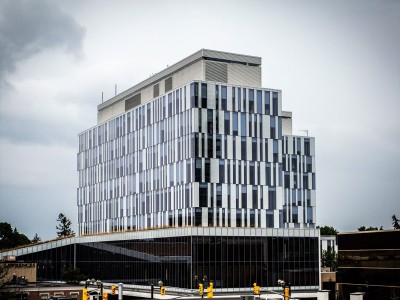
From the $205 million Brampton City Hall extension to land deals involving the Ontario PCs and his run for a seat in the Italian Senate, Mario Cortellucci has been a part of a string of controversies. The multi-millionaire developer doesn’t do many interviews in the mainstream media, but his name is often involved in questionable real estate transactions that usually involve municipal and provincial politicians.
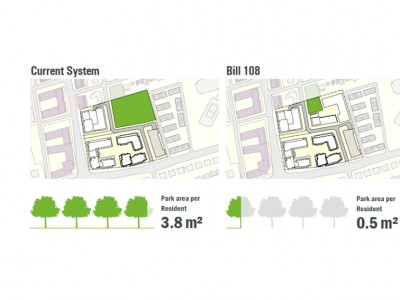
Ontario cities got a break from some of the Ford government’s draconian cuts this week, but Bill 108 looms large as a fresh threat.
Changes to development charges could mean homeowner tax increases, less green space and more concrete for big developments, and a return to less local control over planning decisions.
Those were some of the potential effects outlined for city council by Brampton staff, who are worried about the Ford government’s impact on the city’s future.
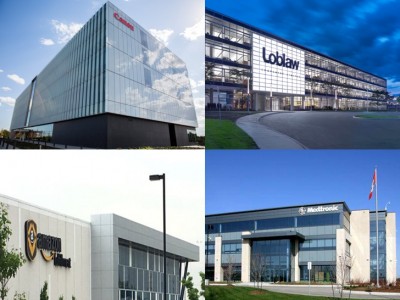
Officials and politicians will be hopping on planes a lot more often in coming months, part of a $600,000 work plan to bring corporate investment to the city.
Foreign investment and diversification of the local economy, including Canadian ventures, are crucial if Brampton is to survive the coming impact of automation, with some 288,000 residents’ jobs at risk over the next 20 years.

Facing a widespread backlash across Ontario, the Doug Ford PC government has stepped back from a suite of cuts to the municipal sector that would have left Peel $40 million short, compared to previous funding levels for a range of crucial services.
The turn-around means that public health, policing, early childcare and other areas of core service delivery in Peel will not be hit as hard as once thought.
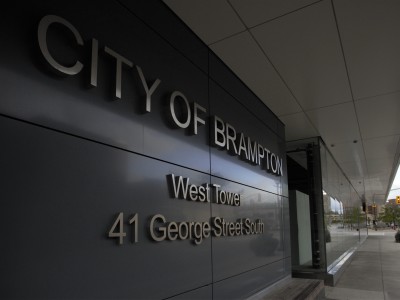
Phase one of Mayor Patrick Brown’s long expected value-for-money audit is out, and it suggests Brampton is in relatively good financial shape. However, it suggests outsourcing some services and making other changes that the consultants believe will net the city $9 million in savings.
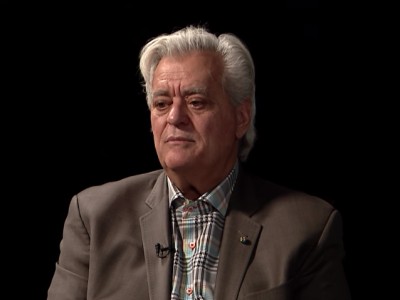
Under the Doug Ford PC government, land-use policy in Brampton and across Southern Ontario has become a critical issue. As our population continues to explode, will the rest of the region be given over to developers for more sprawl, which causes immense economic and social problems?
Developer Mario Cortellucci’s story, with his relationship to the PC government, is a cautionary tale that shows how the construction industry usually gets what it wants.
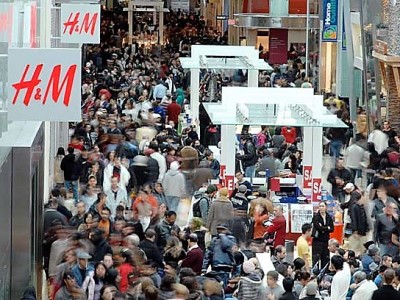
Brampton didn’t have a very good showing in the recent debate over its future. Is community and political involvement near impossible in our ‘me’ era of hyper-consumerism, with its slavish drive to replace citizenship with a different type of desire?
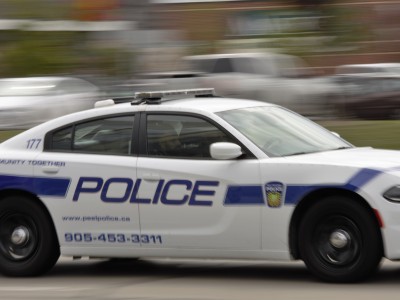
Provincial cuts to Peel Regional Police are expected to be as high as $2.6 million. The changes to funding come at a time when violent crime is on the rise and could limit the organization’s agility in responding to the alarming wave of crime over the past year.
The police service does not yet know how the cuts will impact service delivery.
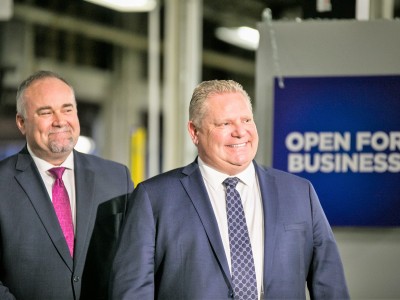
On Thursday, Minister of Economic Development, Job Creation and Trade Todd Smith was in Brampton, where his current job represents exactly what the city needs to turn its fortunes around. While Smith waved the ‘Open For Business’ flag he and Premier Doug Ford carry wherever they go, it’s hard to square the PC mantra with its ongoing cuts, which critics say hurt places like Brampton that need investment in quality of life, infrastructure and education to help attract good jobs.

Peel Council joins other municipal governments across Ontario set to launch publicity campaigns to draw attention to the sweeping cuts being made by Premier Doug Ford and his PC government. Brampton Mayor Patrick Brown and other politicians have highlighted the impact the province’s moves will have on flood prevention, vaccinations, dental screening for children, early childcare and many other programs that will either lose funding or have to be protected by municipal taxpayers who will suffer most as a result of Ford’s recent cuts. He has said they are a necessity if Ontario’s out-of-control debt is to be reined in.

A tug of war over Ernst and Young’s $600,000 report on the financial outcomes of different governance models for Peel Region highlights the uncertain future for more than 1.5 million residents. Another tense council meeting Thursday, with Brampton and Mississauga members interpreting the report’s findings differently and once again unable to come to any common ground on the region’s future, likely marks the end of the local debate. It’s now up to Premier Doug Ford and his PC colleagues at Queen’s Park to decide what type of municipal structure Brampton, Mississauga and Caledon residents will be governed by in the future.
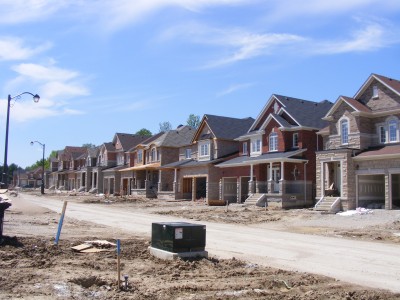
The idea of exempting builders from development charges on secondary suites was proposed at a statutory meeting, meaning it was required by law to happen, where City Council heard a swath of possible changes to the city’s development charges framework ahead of a legislated expiration of the current bylaws. If approved, changes could open the way to more affordable housing in the city, as the current market continues to shut out many buyers and renters trying to find reasonably priced accommodation.
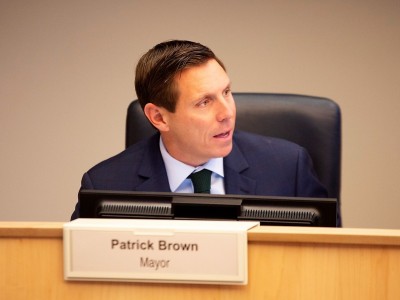
Better late than never...but boy was it close. Late Tuesday evening Brampton City Council voted to endorse keeping the Region of Peel as is, with the deadline to provide feedback to the province for its looming decision on the future of the regional governance model just hours away. All input by municipalities had to be sent to Queen’s Park by 11:59 p.m. on May 21.
Council cited the cost of dissolving the region to create independent cities and the price of amalgamating them into one super-city as the reason for choosing to recommend maintaining the status quo. The results of a series of public consultations were also used as justification.